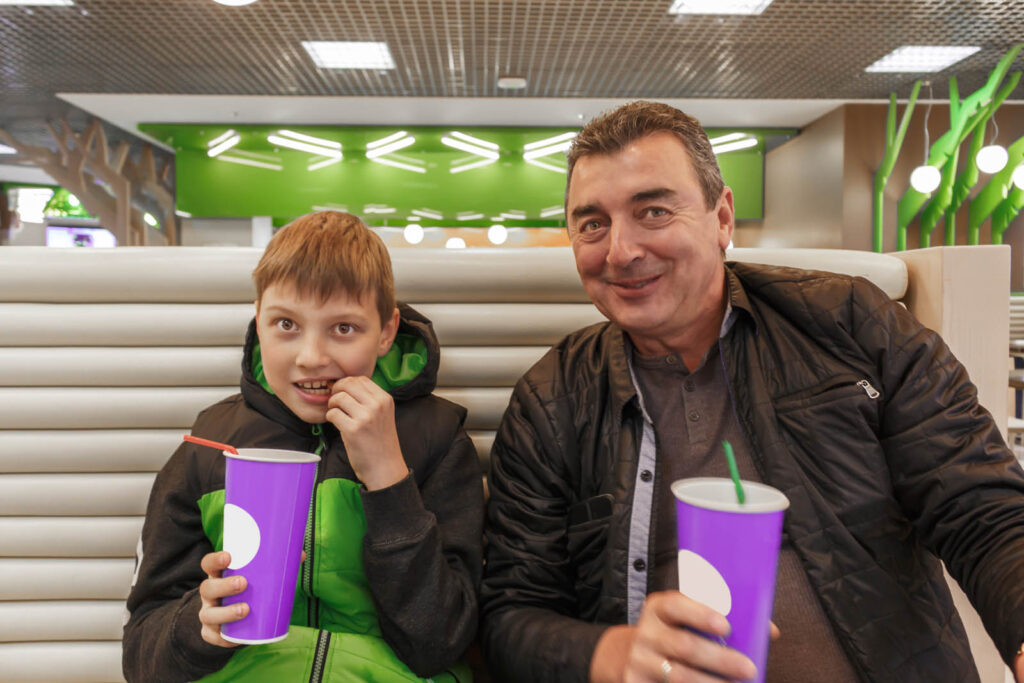
Case Study
Identifying Brand Drivers Using Hybrid Qualitative Research Methods
overview
Often, the characteristics that separate competitive brands in consumers’ minds are subtle and highly subconscious – yet deeply important. Brands rely on these differences to set themselves apart and entice consumers to buy. So how does a brand dig deep to discover the unique aspects of their brand that standout in customers’ minds, especially when consumers often cannot articulate these themselves?
This was the challenge a leading beverage manufacturer brought to C+R. They had conducted prior research that showed consumers often preferred their beverage over a key competitor’s during more “atypical” use occasions; but, for more “typical” occasions, consumers preferred the competitor’s beverage. The one thing the prior research didn’t uncover: why?
C+R developed a hybrid qualitative market research approach utilizing both asynchronous and live methods to glean as much detailed information as possible about how consumers view the brand and why. The findings helped our client stand out from the crowd.
THE PROBLEM
But We Don’t Know Why!
Our client, a leading beverage manufacturer, wanted to build on prior research that showed more consumers preferred their brand during atypical usage occasions, but preferred a key competitor’s beverage in more typical occasions. The client knew they had to get to the bottom of “the why” in order to differentiate themselves from the competition (and win more consumers).

OUR APPROACH
A Two-Stage Research Program to Uncover the “Why”
To help our client probe deeply into the usage occasions for their brand, C+R utilized a two-stage research program with both asynchronous and live online qualitative methods.
For both phases of research, we recruited 19 consumers, including those who used the client’s brand and those who chose competitive brands. Because the research took place entirely online, we were able to recruit a national sample: men and women, ages 13-34 with a good mix of teens, twenty-somethings, and those in their thirties. Our sample was also balanced in terms of ethnicity, employment status (for adults), education level (for adults)/grade (for teens), and household income.
In the first stage, we employed a usage journal to understand how drivers of brand choice varied by situation. Using a mobile platform, over a week-long period, respondents tracked when they consumed category beverages and noted the type of usage occasion – their context and their goal, both functionally and emotionally. The platform allowed respondents to answer questions and upload pictures and videos of themselves using both the client’s and the competitor’s brands. The usage journals illuminated important contextual information about when people consume beverages; it also provided stimuli for the moderator to utilize in the next stage.
The second stage consisted of hour-long one-on-one webcam interviews. To delve deep into the functional and emotional nuances of the brands within the category, we used a variety of projective techniques, including metaphorical imagery, personification, and animal archetypes. These exercises gave participants new tools to describe important points of differentiation between the beverages, as well as key drivers for choosing their preferred beverage across the various situations captured in their journals. With this information, we were able to tease out relevant differences our client could utilize to separate themselves from the competition.

The result
Sometimes It’s Good To Be the Underdog
As a result of the research, our client learned that typical and atypical consumption occasions are not entirely divorced from one another, yet consumers have unique product needs in each moment. Although consumers often buy the client’s beverage intending to use it during more usual occasions, the fact that they have it “on hand” encourages its use in the more atypical moments.
We also learned that taste is the key driver in the more atypical occasions, whereas functional and emotional benefits are both at play in the typical uses. Finally, the research showed that, in relation to the competition, consumers see our client’s brand as an underdog – a relatable position that could easily be leveraged to reach and inspire consumers.


proven experience
related case studies
